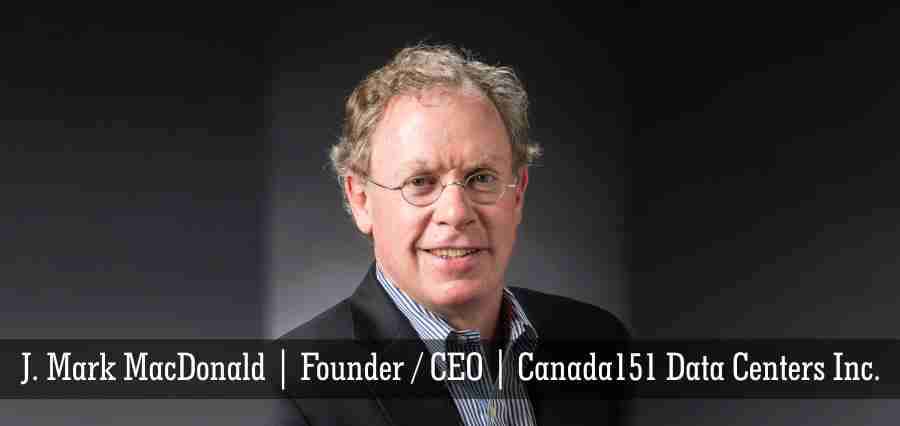At Canada151 Data Centers we try to keep a finger on the pulse of all changes in the IT landscape and we are keen observers and participants in the ongoing debate between cloud, private cloud (and all other variations), and dedicated infrastructure.
From a financial perspective I liken that debate to a comparison of renting a car, from any of the national rental companies, versus buying a car – which comes down to how frequently you need it and whether the daily rental meets your particular needs.
That debate is further clouded by data residency issues (no pun intended), which may dictate against public cloud for sensitive data.
And as we all should know, not all clouds are the same. AWS and Azure is one shape and size; the private and public cloud providers in our data center is another shape and size, with multiple variations in between. IT applications can be generic but many are specialized / customized and don’t work on a generic AWS / Azure platform.
Next up in the evolution is the IoT – internet of things – wearable computing – where everything is addressable – and including very time sensitive apps. In a nutshell, cloud is / can be relatively slow; and for any applications employing vast amounts of data (Netflix, Film and TV Production Industry etc) and speed, latency matters; therefore location matters (as well as direct connectivity). This demand is / will be huge. As one pundit exclaimed: what happens when all of our refrigerators order milk at the same time!
As a relative newcomer to the industry with a background in finance, I would also perceive a huge knowledge and understanding gap between IT and the rest of most companies. IT can appear to the un-initiated to be the world’s largest, most complicated and expensive black box. I would perceive that this may be a significant contributor to calls for complete IT outsourcing or at least cost reduction.
As a solution provider to end clients, this overall confusion can create significant impediments to adoption of best practices – including what should be simple but is not: back-up and disaster recovery. Over the past 25 years (most of the history of the internet), I have served on the Board of numerous companies, public and private, small and large; I can count on one hand the number of board room discussions concerning back-up and DR, or risk mitigation of any type regarding critical data loss.
The happy news is that from my perspective, the options available to most companies of all sizes has never been better. Connectivity, processing and storage costs will continue to drop. There is no one set solution for companies but current and future technology is such that demands of all types can be met. Big public cloud, small public cloud, private cloud, dedicated, on premise, off premise, etc., high speed, big connectivity can all be accessed and utilized to minimize IT costs. But all solutions must be business based, working from the business need to the IT solution. And all IT solutions should be benchmarked to minimize cost.
Lastly, all solutions must be based on rock solid and highly secure and redundant power, connectivity and cooling infrastructure. Grids will go down, not if but when. Mechanical devices, generators, UPS, HVAC will cease to function, not if but when (if maintained properly and replaced appropriately, very rarely). Loss of data is another when, not if. The problem is that it happens infrequently, so consequences are difficult to understand and inertia sets in. People didn’t stop smoking when presented with proof that it would kill them in 50 years – the consequence was too far off and hence of low practical probability.
Data loss and outages have low frequency but are hugely impactful; Again, not if but when. Regret is huge – ever lost your laptop, without having a backup?
These events, while infrequent but catastrophic, can be mitigated by best businesses practices which means frequent backup to a highly redundant infrastructure. But risk mitigation culture starts at the top.
By J. Mark MacDonald, Founder / CEO, Canada151 Data Centers Inc.


